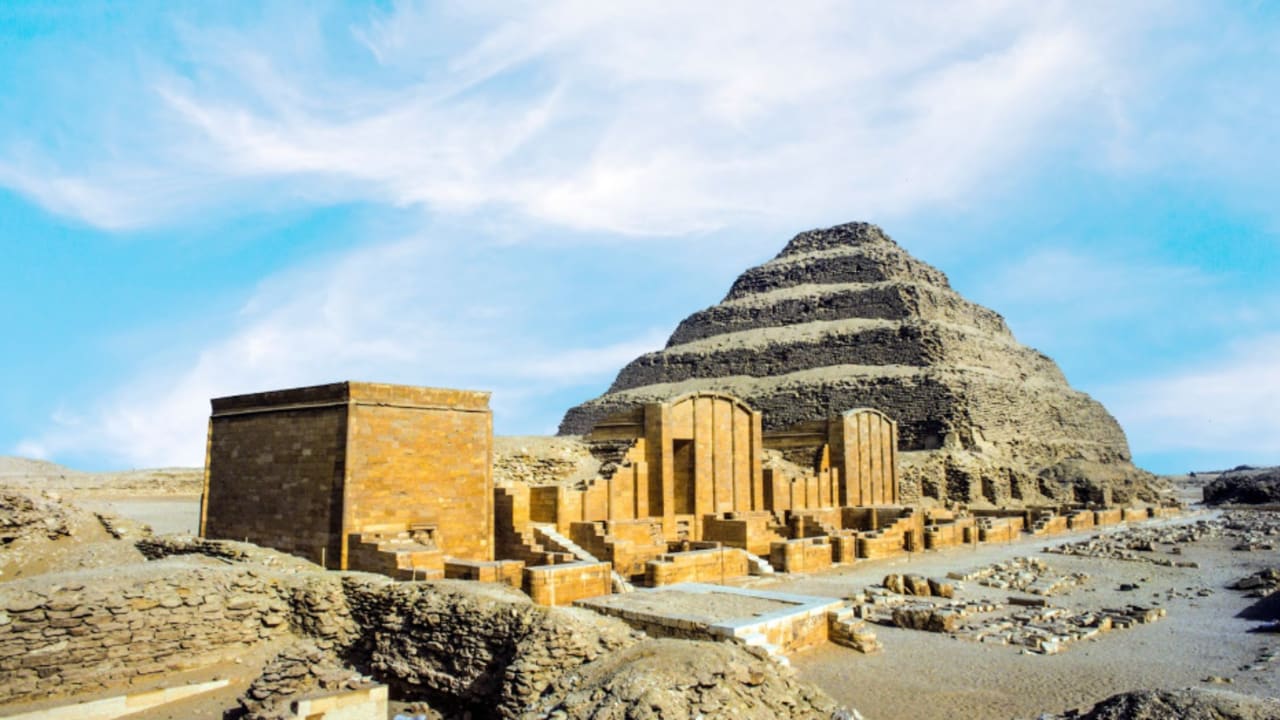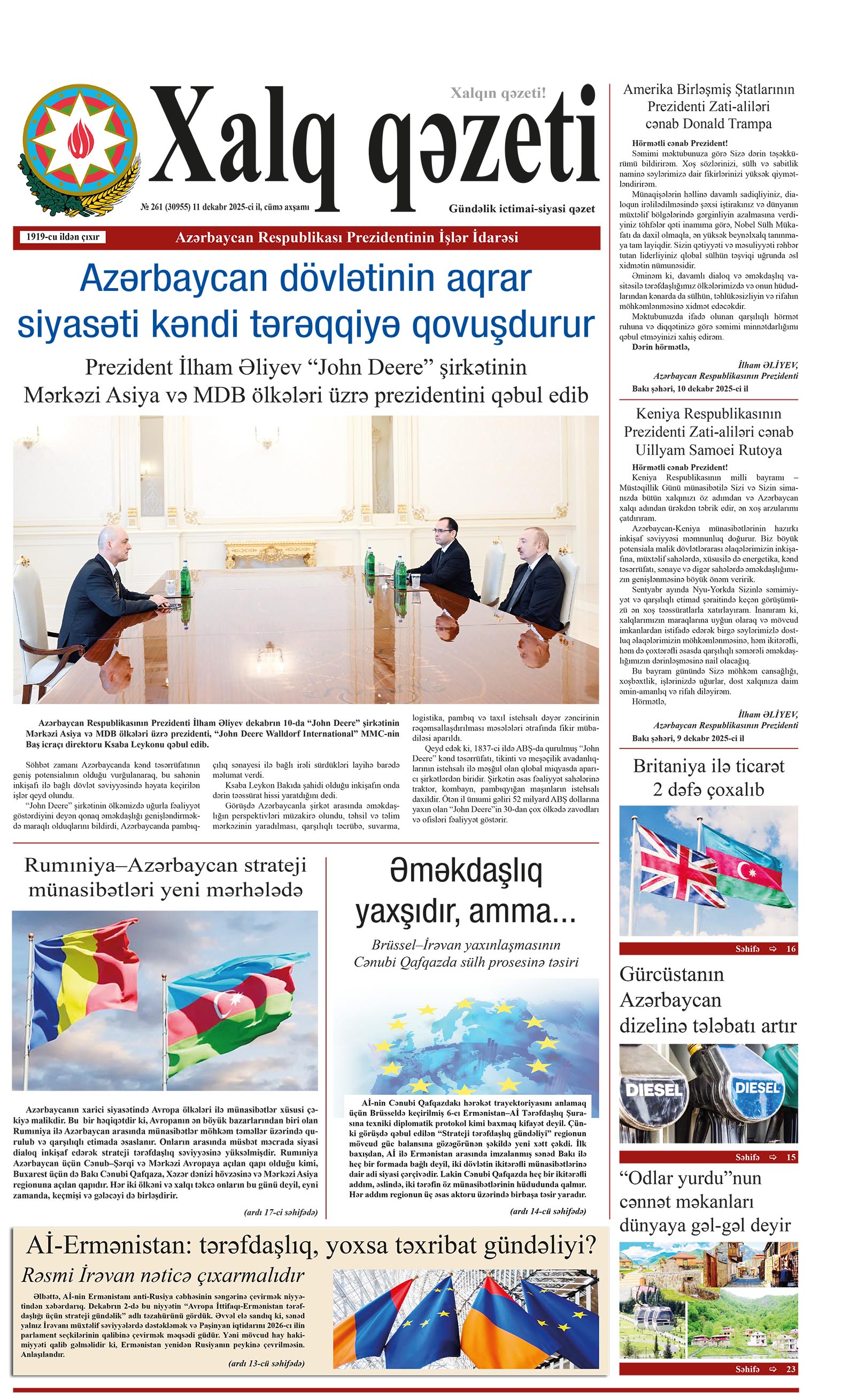ByJERUSALEM POST STAFF
The tablet has disappeared from the tomb of Khentika in the Saqqara necropolis, an Egyptologist describing the theft as “an archeological tragedy”.
A 4,000-year-old limestone tablet has disappeared from the tomb of Khentika in the Saqqara necropolis, marking a distressing development in the struggle against antiquities theft in Egypt. The limestone tablet, which held historical value, was in a tomb from the Sixth Dynasty, originally discovered in the 1950s and sealed since 2019. Its removal was recently detected after being previously secured in a facility used for storing antiquities.
The Egyptian Ministry of Antiquities has issued a statement declaring that all necessary legal actions were taken and the incident was forwarded to the public prosecutor for a thorough investigation, as reported by Le Figaro. Authorities expressed their intent to pursue the case vigorously, given its implications for cultural heritage protection.
The incident occurred shortly after the theft of a gold bracelet from the Egyptian Museum in Cairo, creating a worrying trend. The bracelet, dating back 3,000 years, was made of pure gold and adorned with rare lapis lazuli beads from the 21st Dynasty under Pharaoh Amenemope. It was sold for about $4,000 and was melted down by those responsible. Egyptian authorities detained four people for this theft, including the museum's restorer, as outlined in a report by Alwasat News.
The Saqqara necropolis, about 30 kilometers south of Cairo, is one of Egypt's richest archaeological sites. Known for its burial grounds, it is home to royal, priestly, and noble tombs, including the notable Step Pyramid of Djoser. Saqqara has been a UNESCO World Heritage Site since 1979.
The stolen limestone tablet depicted part of the wall carvings related to the ancient Egyptian calendar, noted for its depiction of seasons influenced by the Nile River's cycles. Egyptologist Gabriele Pieke highlighted that the motif of a person painting the seasons is "only one of two [known] in the entire history of Egypt". She described the theft as "an archaeological tragedy".




















